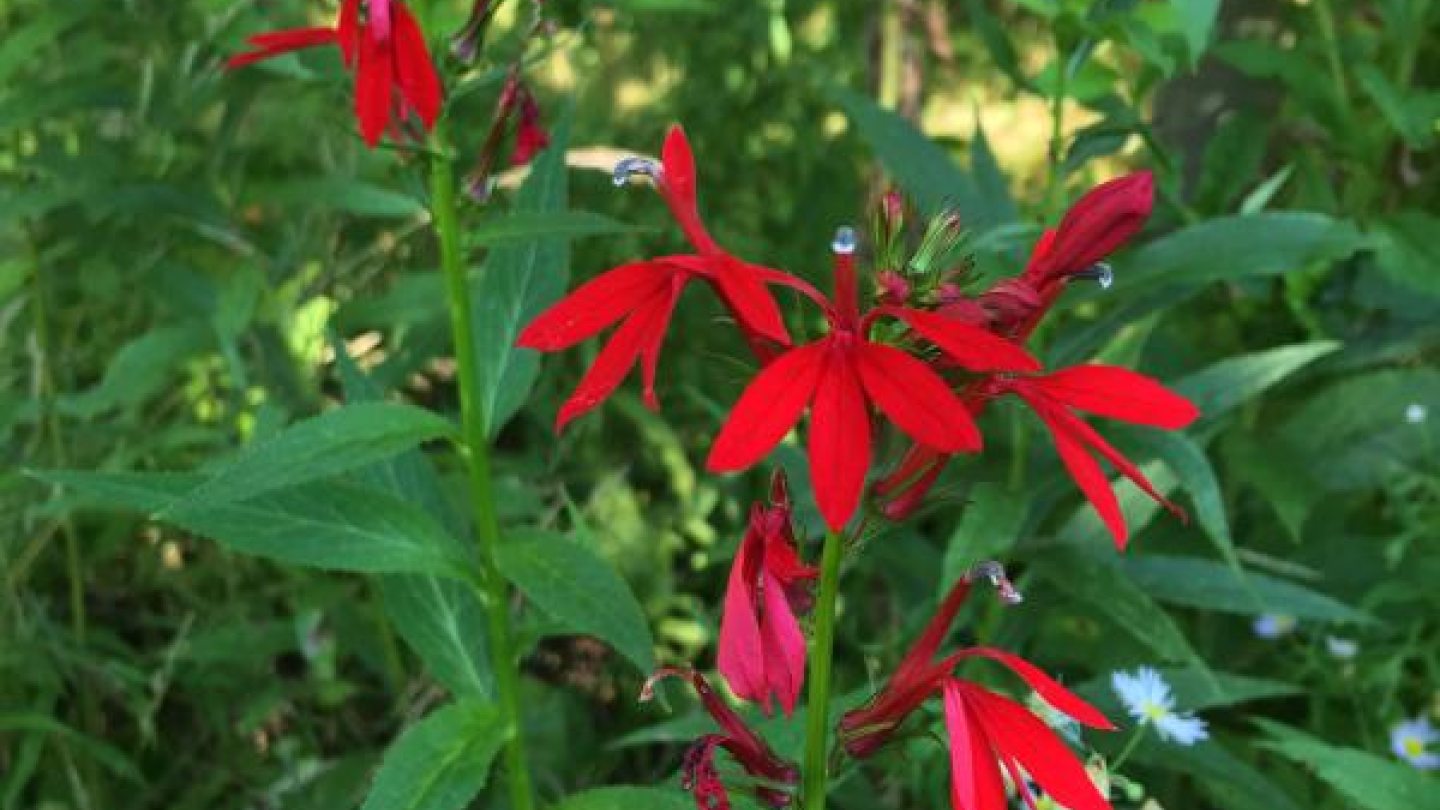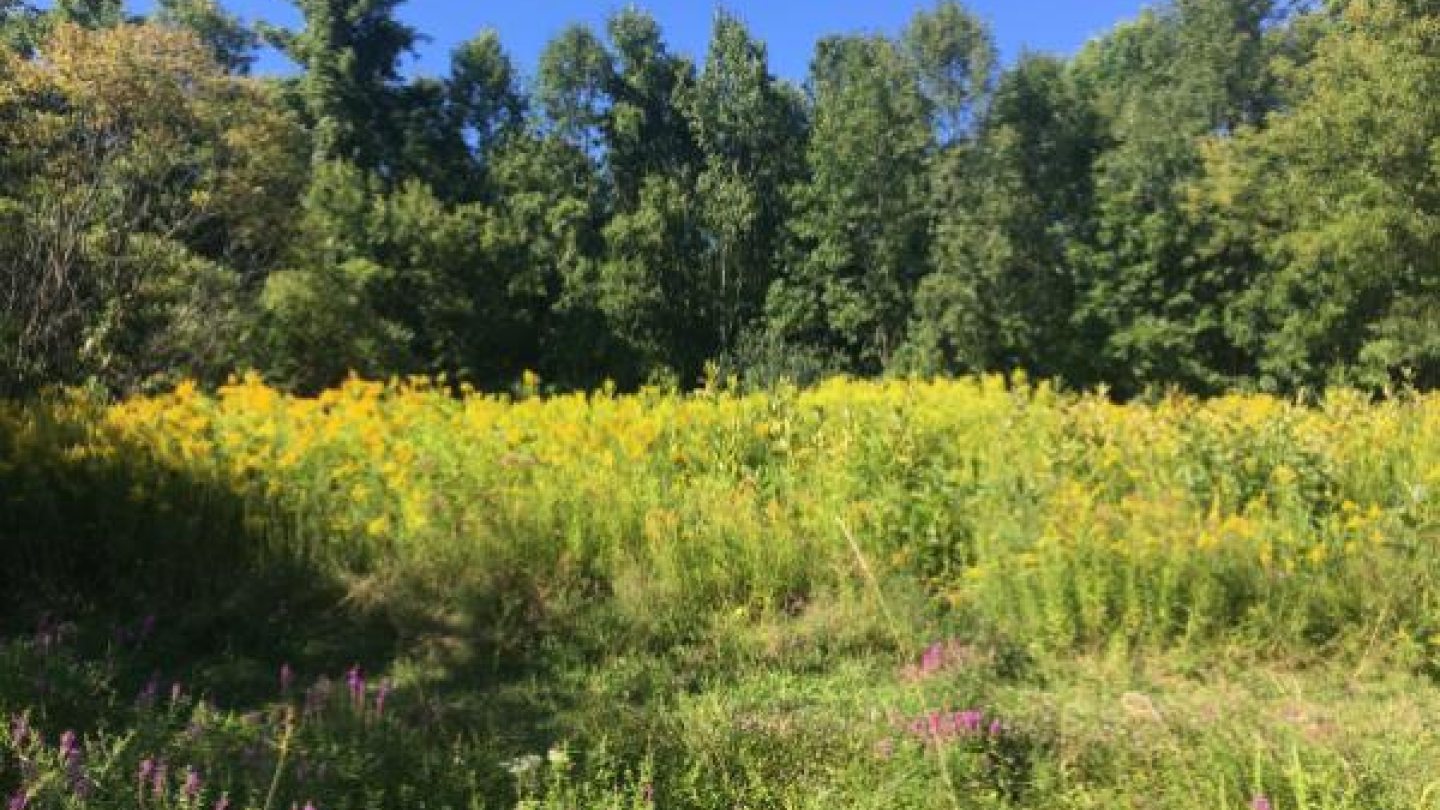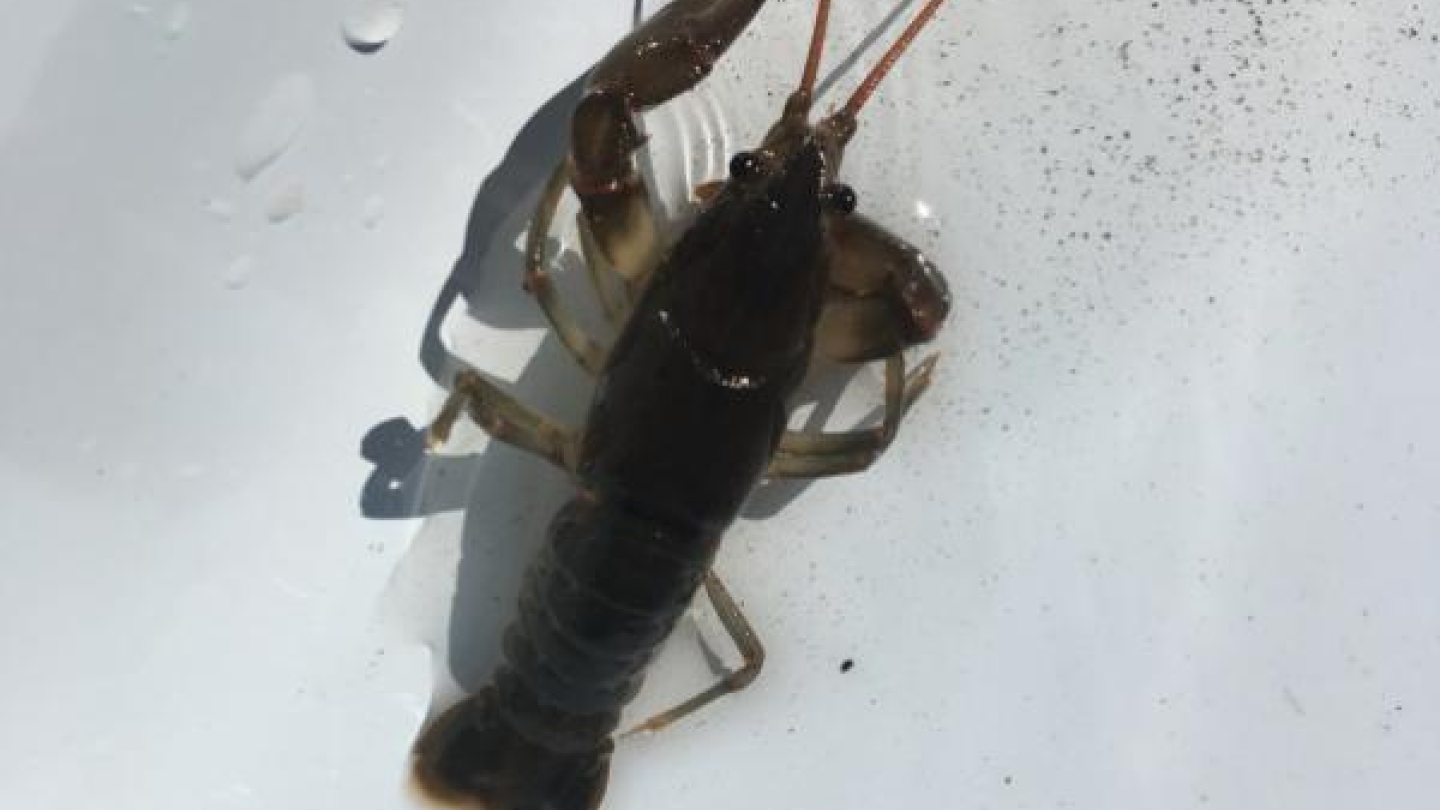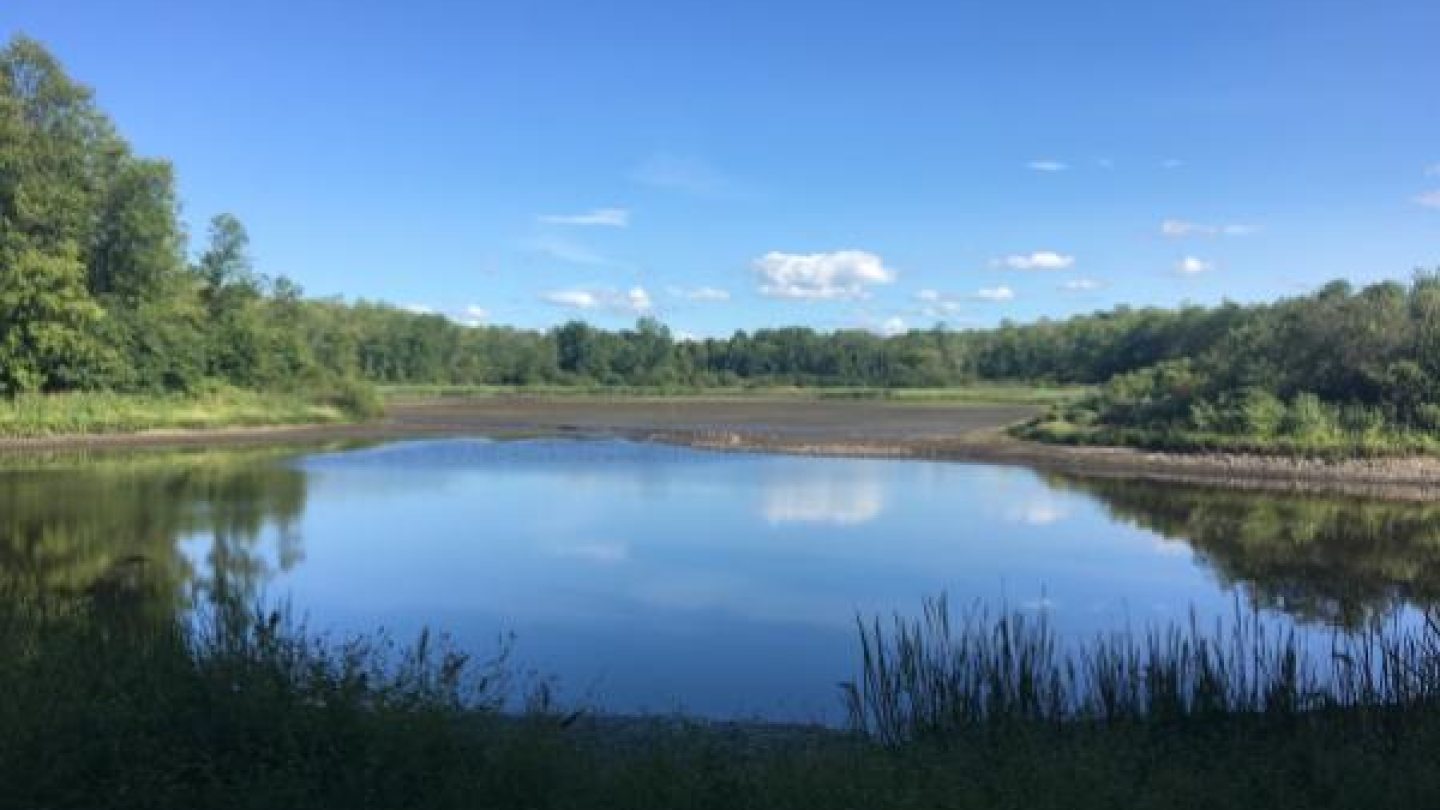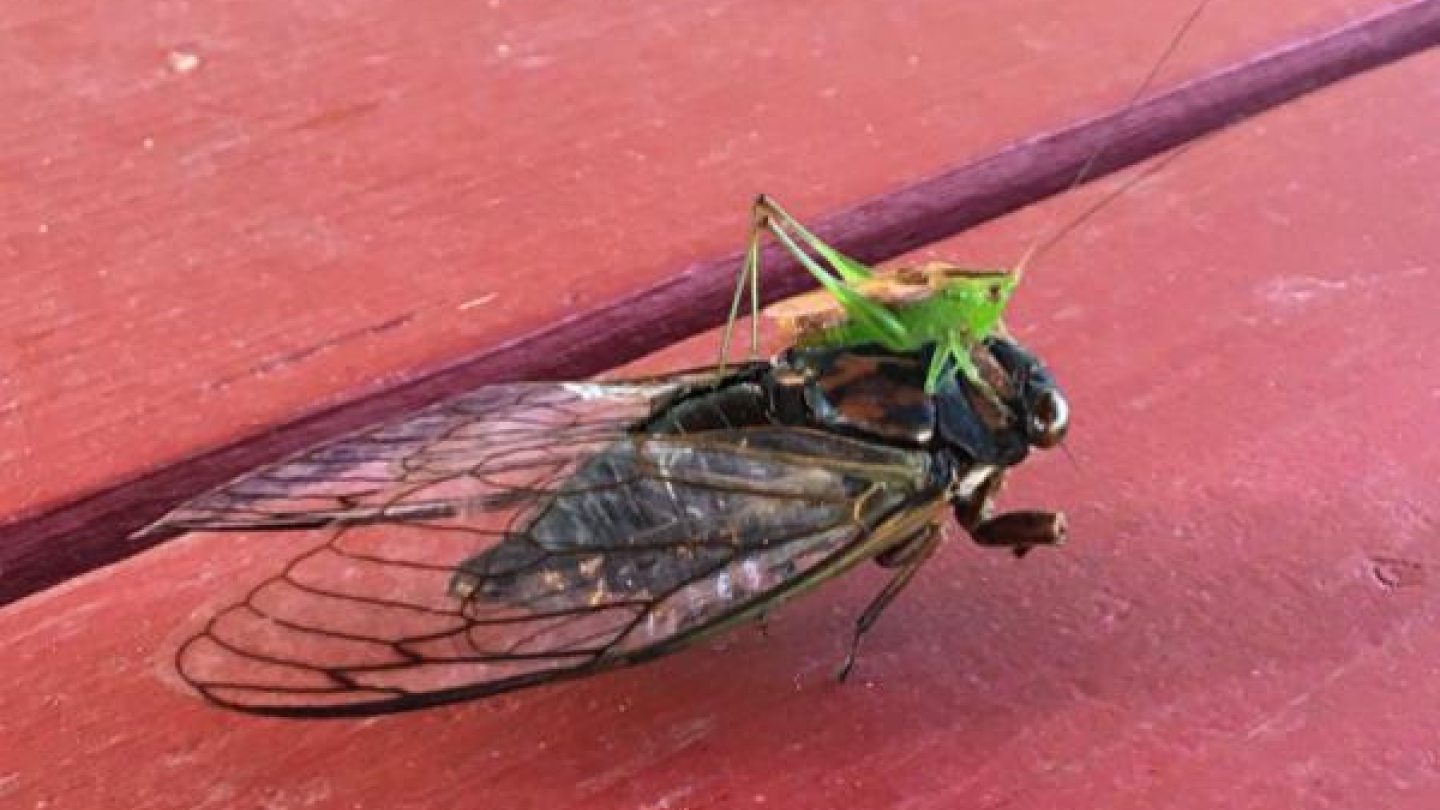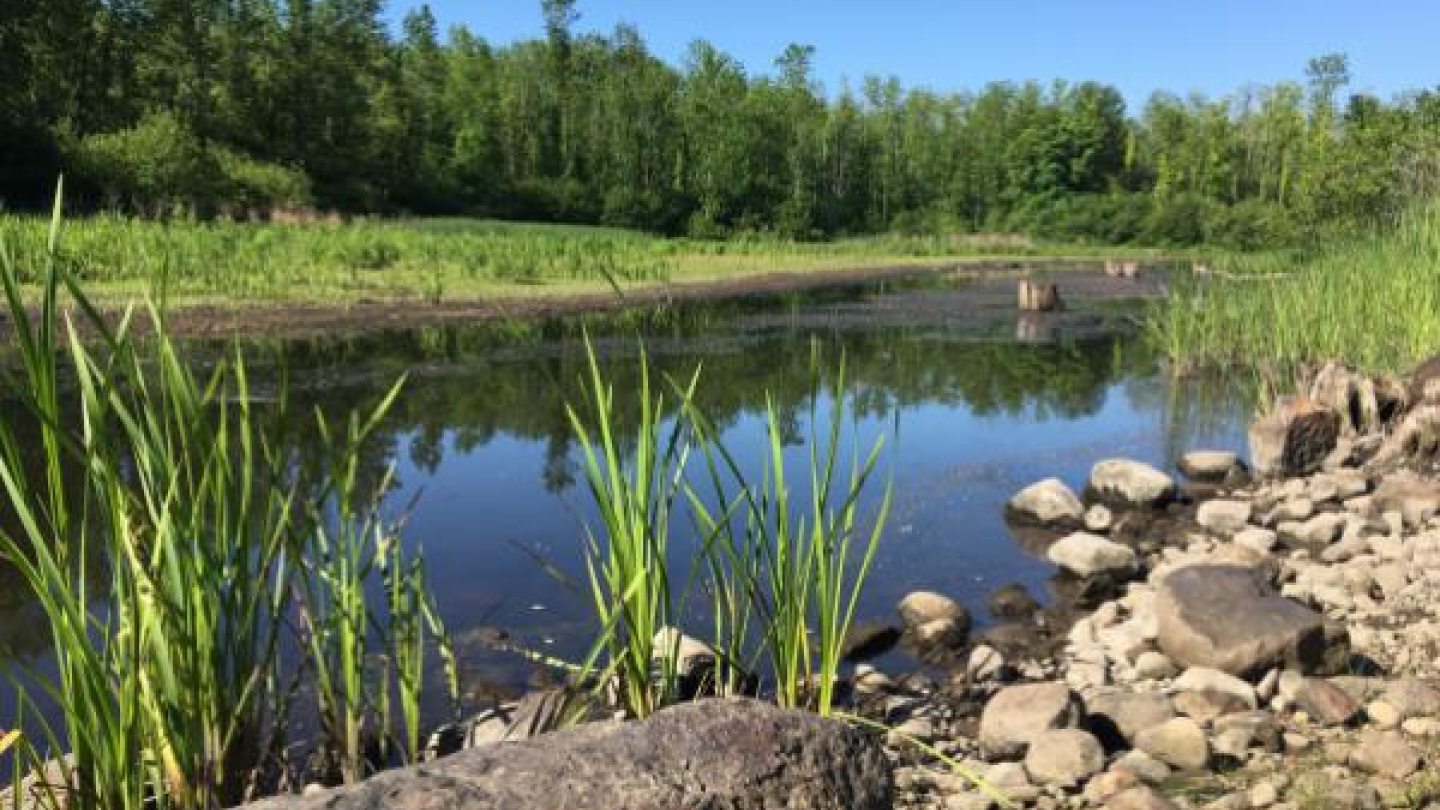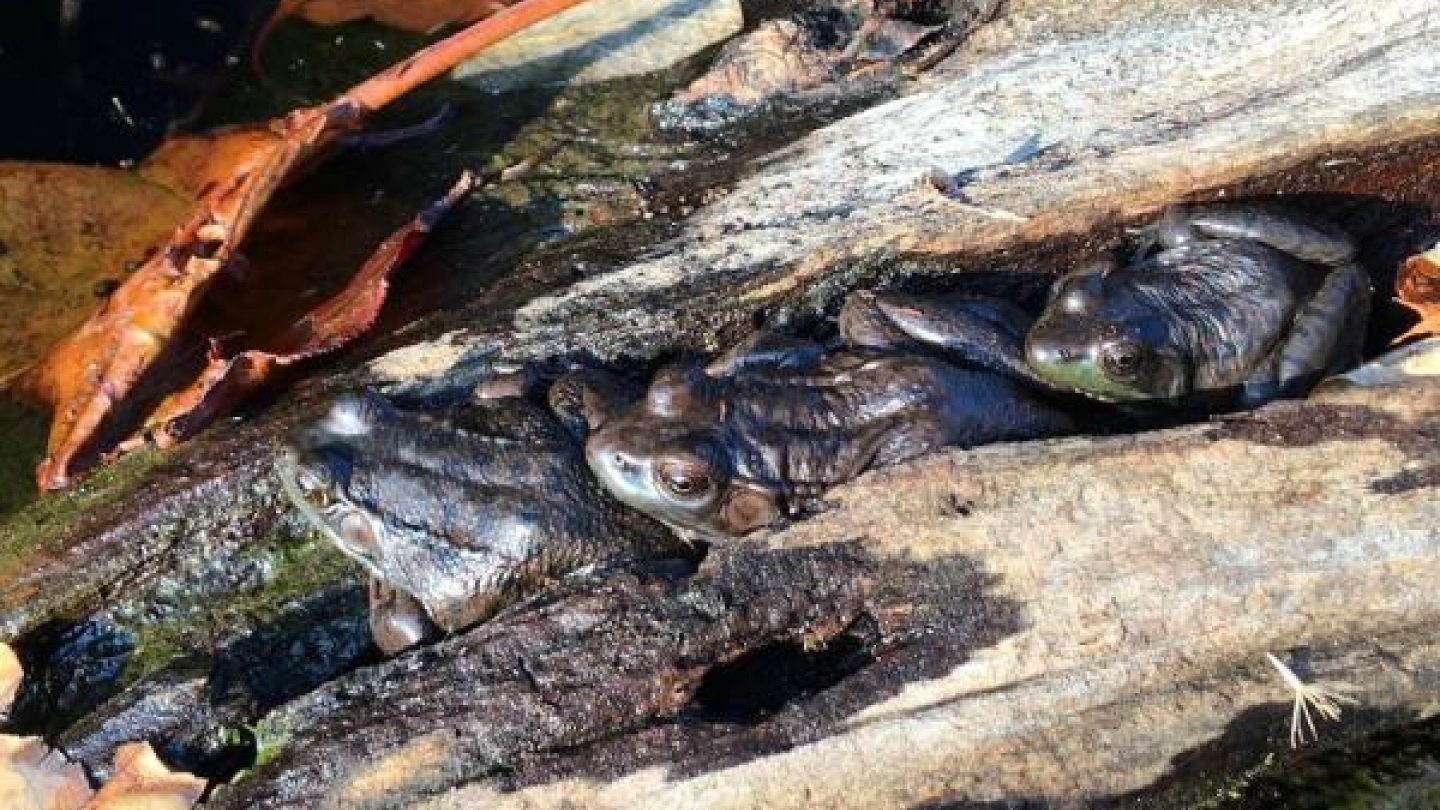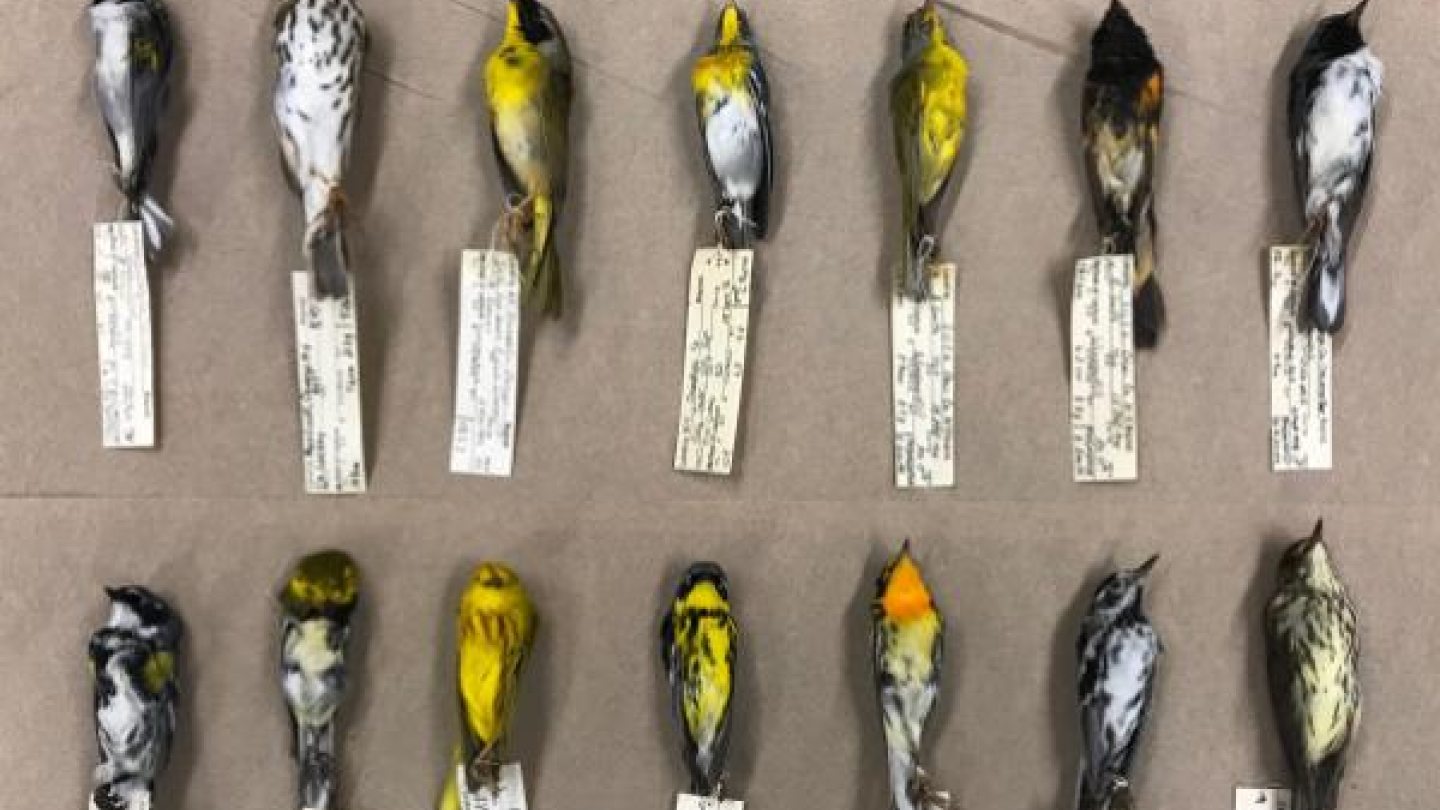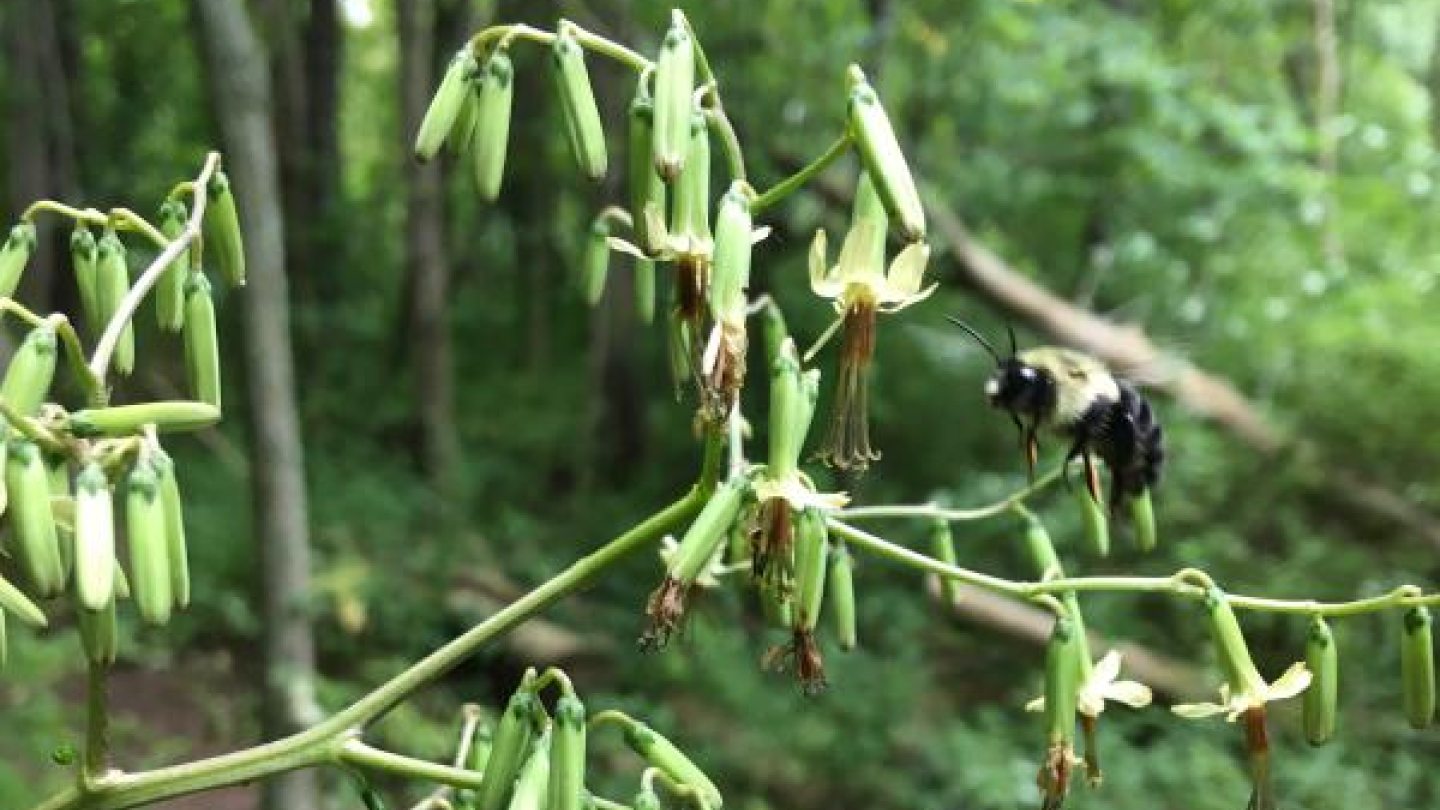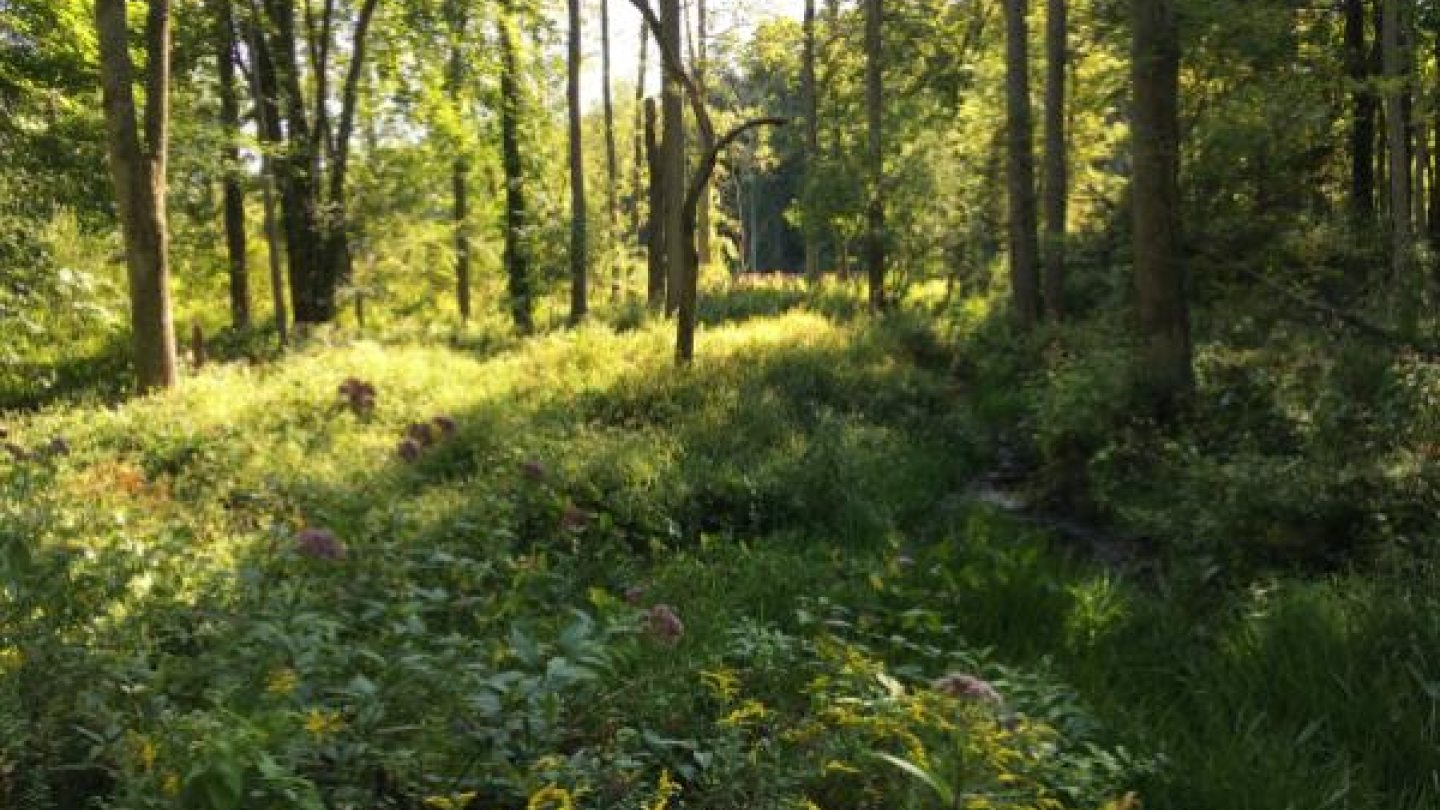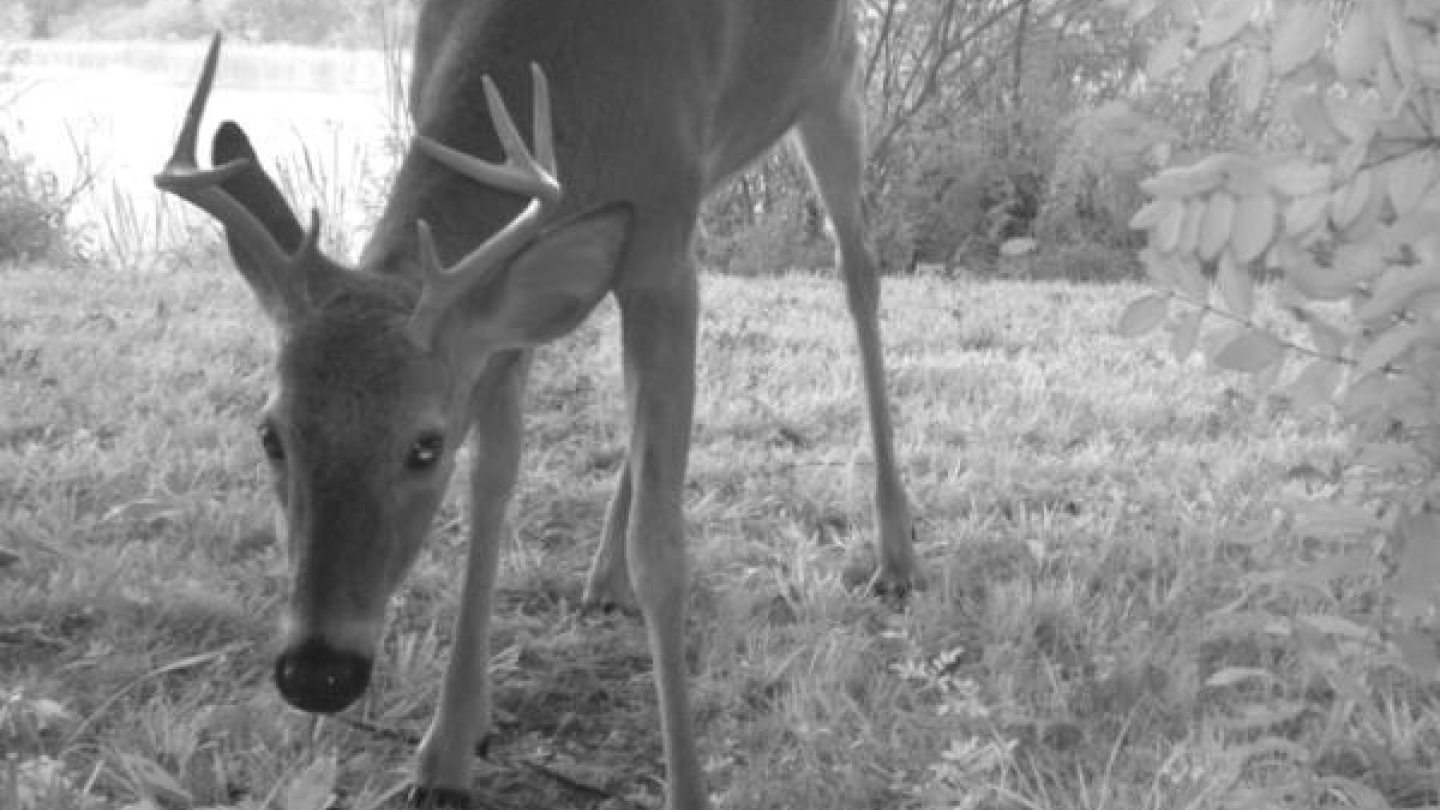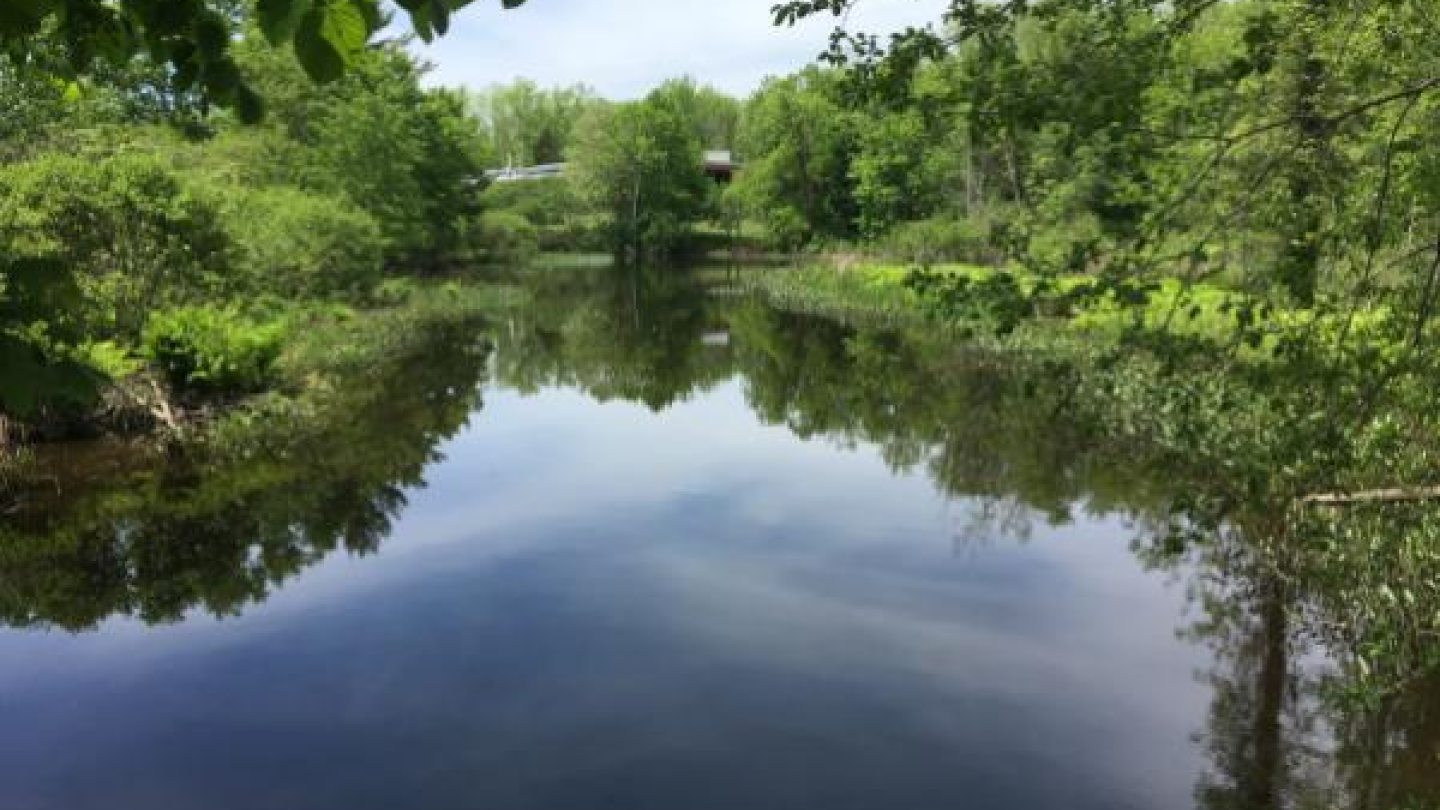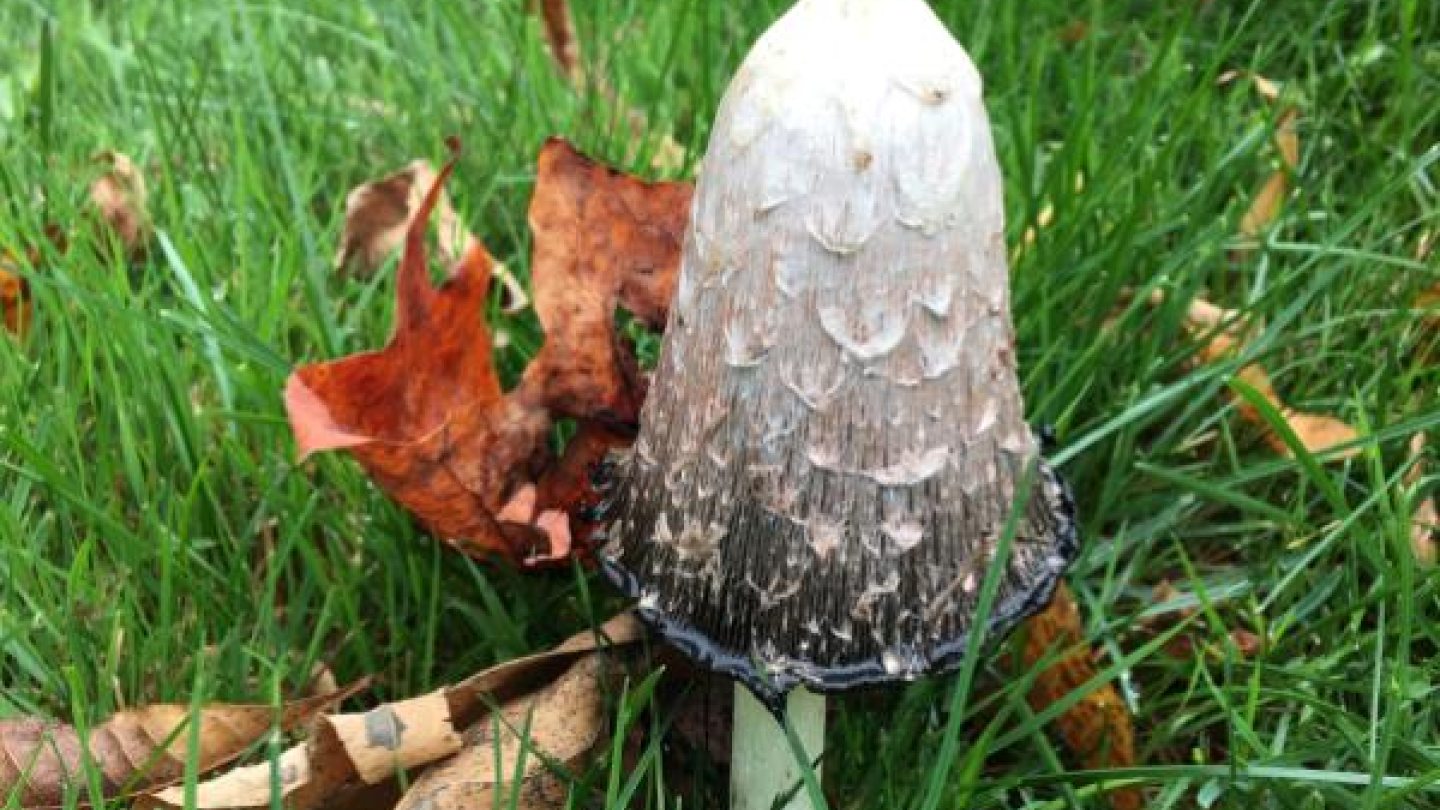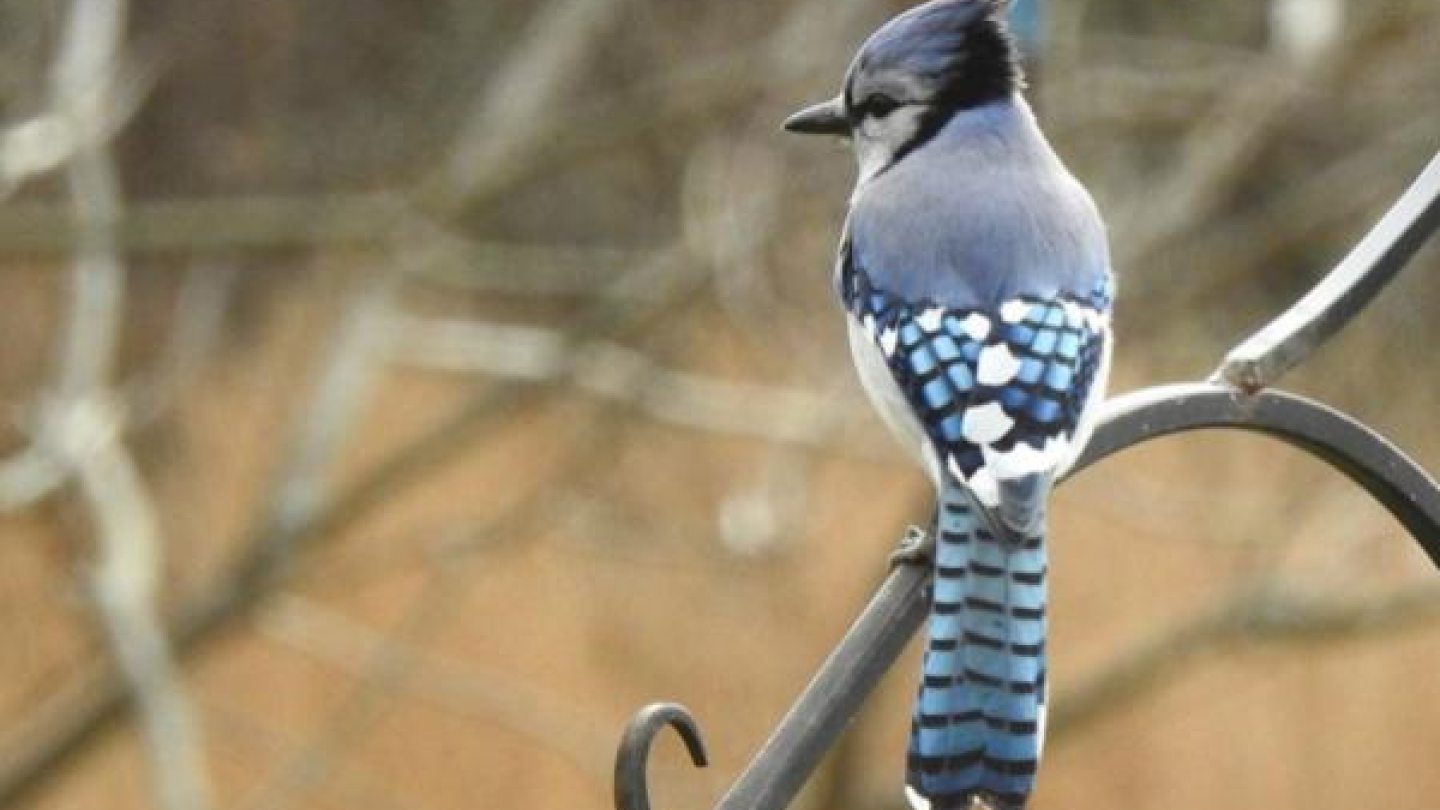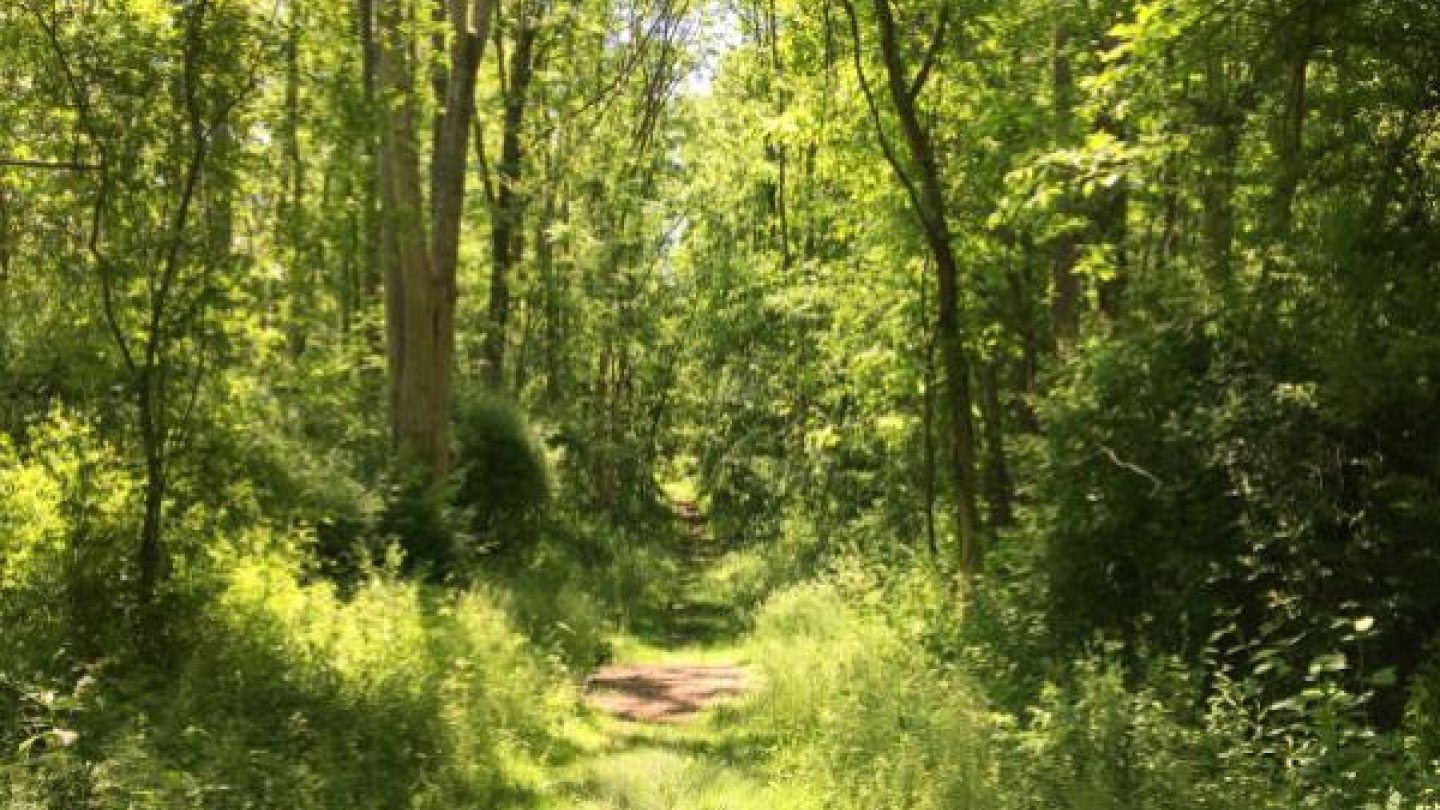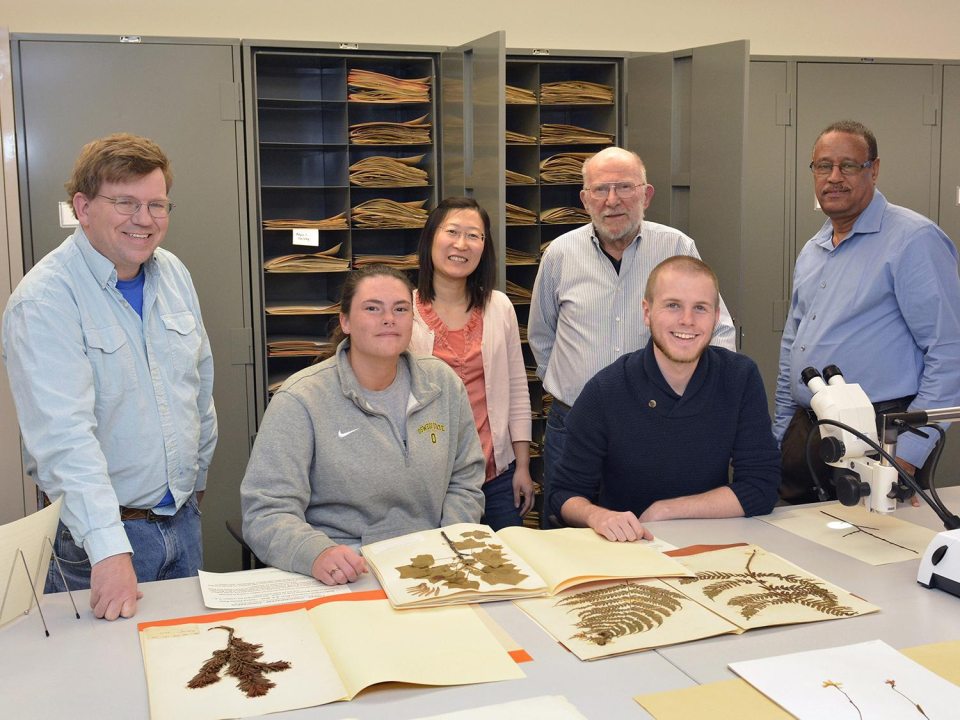Rice Creek Field Station has a rich variety of habitats and inhabitants and sits within a diverse ecological landscape.
The field station maintains a list of species that have been observed in the area around Rice Creek and Rice Pond from wetlands to upland forests, available through online and printed guides and checklists. Much of this biodiversity is further documented physically, through voucher specimens in our natural history collection.
Rice Creek Flora and Fauna
Species of Plants
718
Species of Animals
218
Species of Fungi
61
